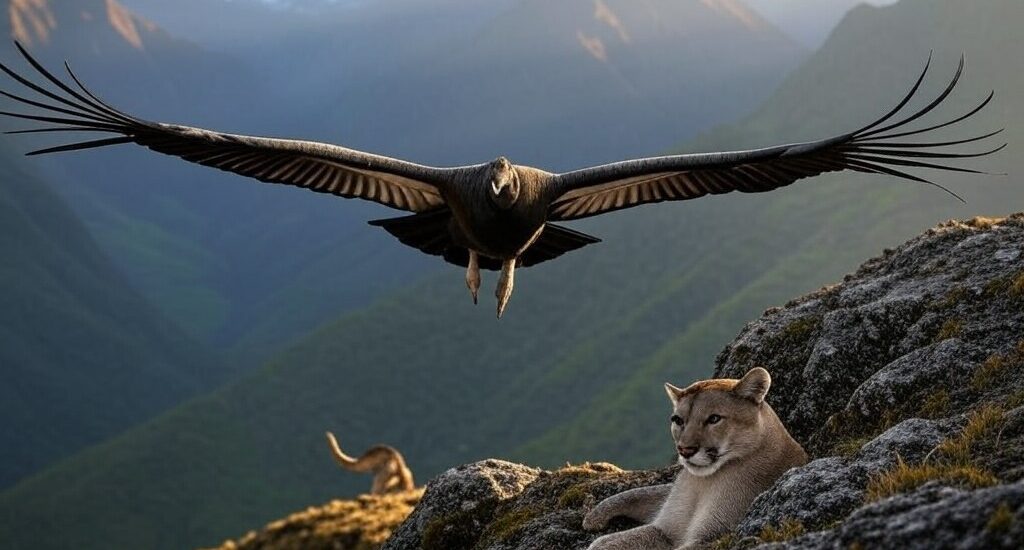The Inca Empire was one of the most advanced civilizations in pre-Columbian America, vast and well-connected to nature. Inca beliefs were intricately tied to the natural world, and animals held a prominent place in their belief systems. To the Inca, animals were more than merely creatures.
They were powerful symbols of the cosmos that also mediated between humans and the divine. Join us as we explore the meaning and significance of sacred animals to the Incas and how these creatures shaped their rituals, worldviews, and daily lives.
The Inca Trilogy
The Condor: Messenger of the Divine
According to the Andean cosmovision in the Inca’s sacred animals, the condor held a special place as a symbol of the “Hanan Pacha”, the upper world, or the god’s world. With its majestic wingspan and ability to soar at great heights, Incas thought that the condor was the messenger of the gods, connecting humans to the divine.
The condor also represented freedom, vision, and spiritual enlightenment. Its role in Inca rituals was both symbolic and ceremonial. In some cases, live condors were incorporated into religious ceremonies, their flight was seen as a direct communication with the gods.

The Inca prized the condor’s feathers for ceremonial garments and headdresses, noticing their high status in their society. One of the most enduring images of the condor in Inca culture is the geoglyph known as the Nazca Condor.
Though the Nazca Lines predated the Inca Empire, pre-inca cultures revered the condor, which shows us its great importance. In the current day, the condor still remains a sacred symbol across the Andes.
The Puma: Guardian of the Earthly Realm
The puma, also known as the mountain lion, held a special place in Inca culture, where it represented strength, power, and courage. The puma symbolized the earthly realm in Inca mythology, which included the upper world, the earthly world, and the underworld.
As the guardian of the earthly world, the puma stood for balance and the physical aspects of life. For the Incas, the puma was seen as a symbol of wisdom, strength, and intelligence. This creature also shows great power of adaptation, as it adapted to live in the fierce Peruvian Andes.

The ancient Inca Empire in Cusco was shaped as a puma, being the Sacsayhuaman fortress the puma’s jaw and head. Although in the current day, you can see only a part of the city that resembles a Puma, this theory is a legacy of Pachacutec, one of the most important inca of all.
In ceremonies, the Incas often called upon the puma for protection and strength. You can see its image in textiles, pottery, and stone carvings, highlighting its key role in their culture and spirituality.
The Snake: Keeper of Wisdom and Transformation
The snake, or Amaru in Quechua, represented the “Ukhu Pacha”, or the underworld, and the Incas saw it as a potent symbol of wisdom and transformation. Its ability to shed its skin made it a metaphor for renewal and change.
These themes resonated with Inca cosmology and agriculture. In Inca mythology, the snake was seen as a messenger between worlds, bridging the realms of the living and the dead.
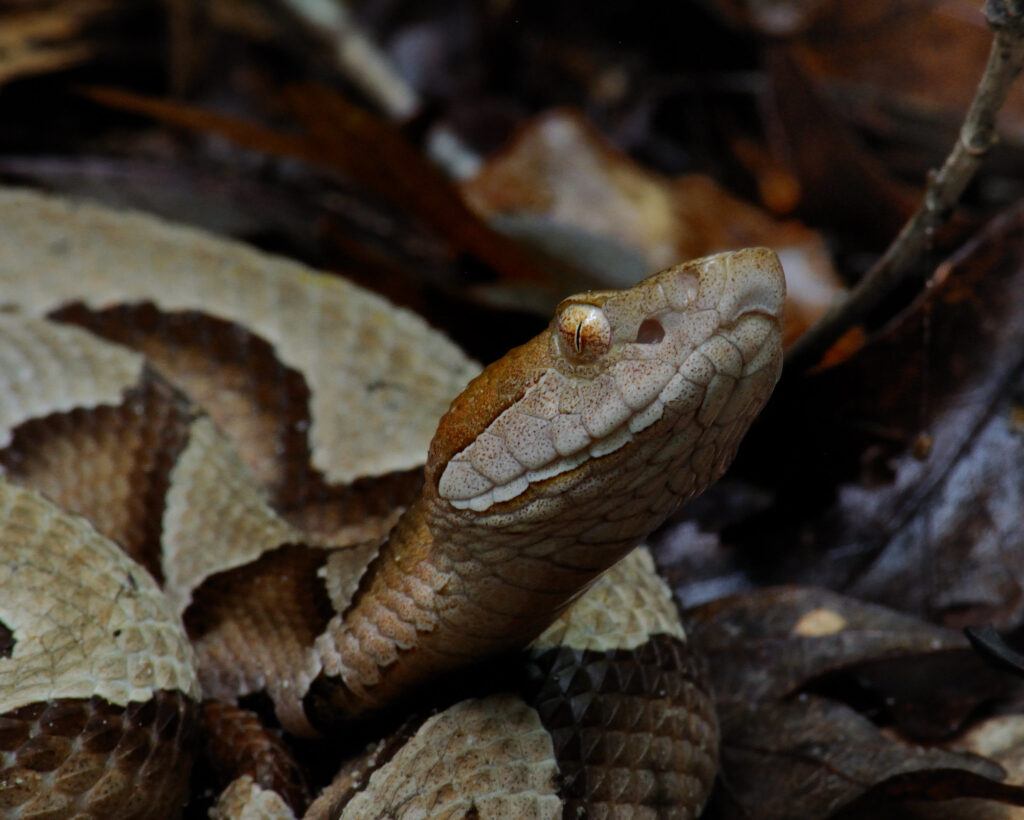
Its sinuous movements were interpreted as a connection to the flow of energy and life. In Cusco city, you can see images of snakes adorning Inca temples and artifacts.
For example, on one wall in the Sacsayhuaman fortress, you can see a snake motif. One important street in Cusco is called “7 culebras” or 7 snakes, called after the snake motifs you can see there.
Other Important Animals in Inca Culture
The Llama and Alpaca: Pillars of Daily Life and Spirituality
To the Incas, camelids like llamas, and alpacas were more than animals: They were vital to daily life and held great spiritual significance. These domesticated creatures provided wool, meat, and transport across the tough Andes.
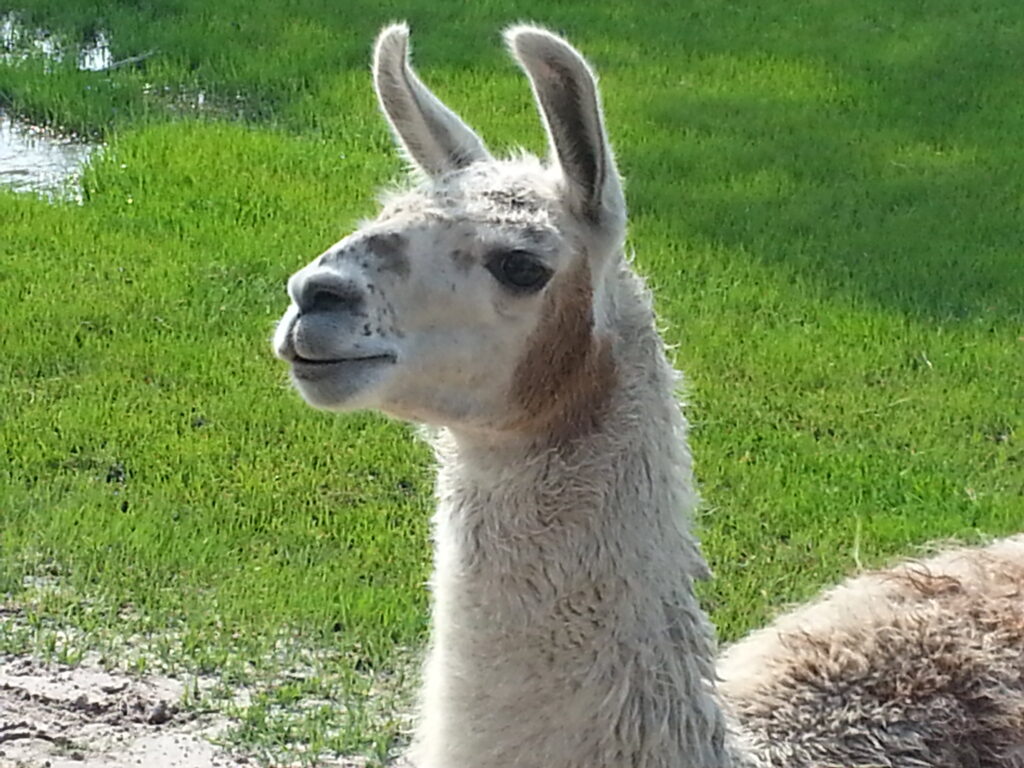
Also, the Incas believed that the llama was Inti, the sun god’s favorite, so they used it in sacrifices. This creature featured a prominent place in Inca ceramics, textiles, and even archaeological places.
Some Inca buildings even depict llama figures on their stone walls, which you can see in Choquequirao’s ancient ruins. The llama also had a significant importance in the celestial realm. The Incas considered it one of the constellations in the “Incan Milky Way,” which deepens its importance.
The Andean Fox: Reverence and Duality in Inca Culture
The Andean fox, or Atuq in Quechua, was admired for its cunning, intelligence, and agility. Although the fox was not one of the sacred animals, it was a protector of inca communities. Incas believed it was a link between the earthly realm (Kay Pacha) and the gods (Hanan Pacha).
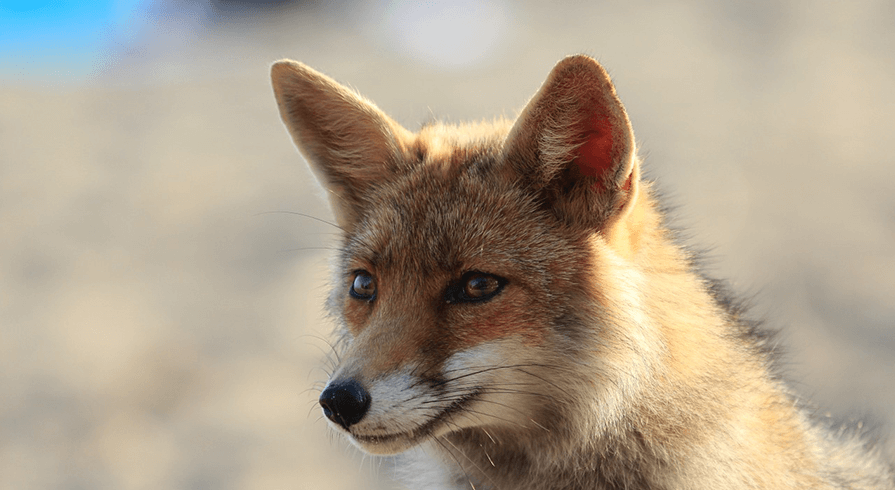
The Atuq was often depicted in ceramics and textiles. This was true in Inca times and earlier pre-Inca cultures like the Moche, who featured it prominently in their famous pottery. This creature was also associated with the underworld, as Incas thought it attracted malevolent spirits.
Today, the Andean fox continues to inspire respect in the Andean world, featuring in many ancient Peruvian legends and myths. Andean communities think it is a threat to livestock, and its enduring presence evokes a mix of caution and reverence reflecting its complex symbolism in Andean culture.
The Hummingbird: A Sign of Love and Strength
The hummingbird was another cherished animal in Inca culture, thanks to its bright colors and quick movements. It symbolized resilience, energy, and the endless quest for love. The Incas linked the hummingbird to the sun god Inti and they thought it carried messages from the gods.
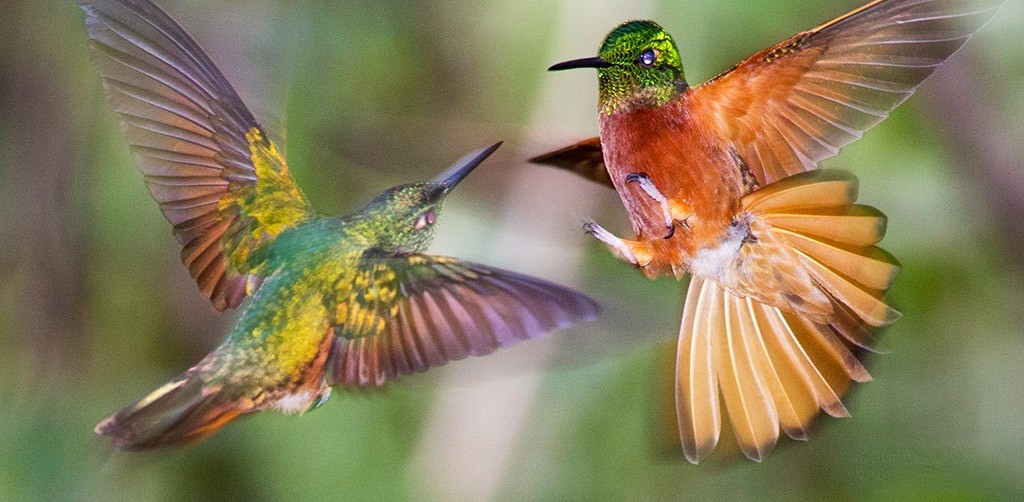
In Quechua, they knew this tiny bird as Q’enti. The hummingbird teaches us to learn from all our life experiences, whether they are joyful or challenging. This little bird reminds us that we have the power to change our paths, just like it can change direction in mid-flight.
For the Incas, the hummingbird had a strong connection to the soul and the Hanaq Pacha, or upper world. This bond highlights the hummingbird’s important role as a messenger and guide between the earthly and spiritual worlds.
A Lasting Legacy
Today, the symbolism of these sacred animals still resonates in modern Andean cultures. Festivals, rituals, and art often feature the puma, snake, and condor, keeping their legacy alive. These traditions remind us of the lasting power of Inca spirituality and its deep connection to the natural world.
Just like the Inca honored these animals and even considered them sacred, they teach us the lesson to learn to coexist and take care of them. We can affirm that their legacy inspires respect for wildlife. To learn more stories and legends in Peru, stay tuned to our blog!
Viagens Machu Picchu also invites you to discover these stories for yourself in Peru! Feel free to contact our specialists to take the first step into the adventure. Peru, the place of legends, stories, and more, is waiting for you!
Viagens Machu Picchu, journeys that inspire, moments that last.

